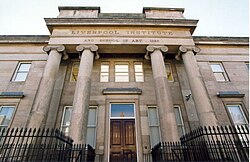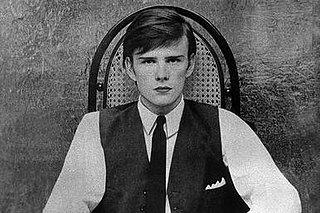
Stuart Fergusson Victor Sutcliffe was a British painter and musician best known as the original bass guitarist of the Beatles. Sutcliffe left the band to pursue his career as a painter, having previously attended the Liverpool College of Art. Sutcliffe and John Lennon are credited with inventing the name "Beetles" (sic), as they both liked Buddy Holly's band, the Crickets. They also had a fascination with group names with double meanings, so Lennon then came up with "The Beatles", from the word beat. As a member of the group when it was a five-piece band, Sutcliffe is one of several who are sometimes referred to as the "Fifth Beatle".

The Quarrymen are a British skiffle/rock and roll group, formed by John Lennon in Liverpool in 1956, which evolved into the Beatles in 1960. Originally consisting of Lennon and several school friends, the Quarrymen took their name from a line in the school song of their school, the Quarry Bank High School. Lennon's mother, Julia, taught her son to play the banjo, showed Lennon and Eric Griffiths how to tune their guitars in a similar way to the banjo, and taught them simple chords and songs.

Neil Stanley Aspinall was a British music industry executive. A school friend of Paul McCartney and George Harrison, he went on to head the Beatles' company Apple Corps.

The Liverpool Institute for Performing Arts (LIPA) is a performing arts higher education institution in Liverpool, founded by Paul McCartney and Mark Featherstone-Witty and opened in 1996. LIPA offers 11 full-time BA (Hons) degrees in a range of fields across the performing arts, as well as three Foundation Certificate programmes of study in acting, music technology, and dance and popular music. LIPA offers full-time, one-year master's-level degree courses in acting (company) and costume making. It is a member of the Federation of Drama Schools.

Hope Street in Liverpool, England, stretches from the city's Roman Catholic cathedral, past the Anglican cathedral to Upper Parliament Street and it is the local high street of the Canning Georgian Quarter. It contains various restaurants, hotels and bars and is one of Liverpool's official 'Great Streets' and was also awarded 'The Great Street Award' in the 2012 Urbanism Awards, judging it to be the best street in the country. The road runs parallel to Rodney Street. Together with Gambier Terrace and Rodney Street it forms the Rodney Street conservation area.
Ivan Vaughan was a boyhood friend of John Lennon and later a schoolmate of Paul McCartney.

Allan Richard Williams was a British businessman and promoter who was the original booking agent and first manager of the Beatles. He personally drove the van to take the young band to Hamburg, West Germany, in 1960, where they gained the vital show business experience that led to their emergence on the world stage. Williams was also a promoter and agent of a number of other Liverpool rock acts, helping stoke the Merseybeat boom of the early 1960s.
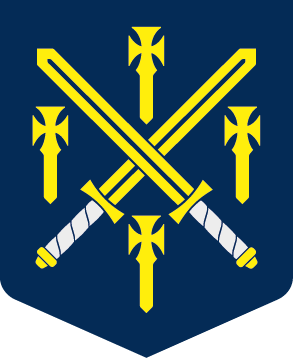
Founded by King Henry VIII in 1541, The King's School is a state-funded Church of England Cathedral Chorister School located in Peterborough, England. It is the Chorister School for Peterborough Cathedral. Former pupils are known as Old Petriburgians.
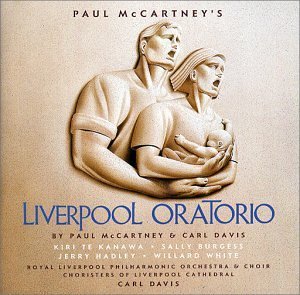
Paul McCartney's Liverpool Oratorio is a live album by Paul McCartney and Carl Davis, released in 1991. It is McCartney's first major foray into classical music. Composed in collaboration with Carl Davis to commemorate the Royal Liverpool Philharmonic Orchestra's 150th anniversary, the project received media attention upon its unveiling in June 1991.
William Harry is the creator of Mersey Beat, a newspaper of the early 1960s which focused on the Liverpool music scene. Harry had previously started various magazines and newspapers, such as Biped and Premier, while at Liverpool's Junior School of Art. He later attended the Liverpool College of Art, where his fellow students included John Lennon and Stuart Sutcliffe, who both later performed with the Beatles. He published a magazine, Jazz, in 1958, and worked as an assistant editor on the University of Liverpool's charity magazine, Pantosphinx.

Liverpool College of Art was located at 68 Hope Street, in Liverpool, England. The college was housed in a Grade II listed building, which still stands. The original building, facing Mount Street, was designed by Thomas Cook and completed in 1883. The extension along Hope Street, designed by Willink and Thicknesse, opened in 1910. The building was until 2012 owned by Liverpool John Moores University. The university's School of Art and Design moved out of the building to new premises at the Art and Design Academy in 2008. 68 Hope Street also currently houses the School of Humanities and Social Science.

Liverpool College is a school in Mossley Hill, Liverpool, England. It was one of the thirteen founding members of the Headmasters' Conference.
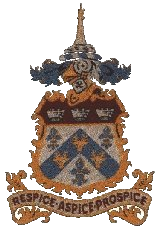
Bootle High School was located in Netherton, Merseyside, England. The school throughout its history was based across several sites, until it ultimately closed in 2009 following amalgamation with a newly built Litherland High School. The school is notable as being the first in Britain to install an Amstrad computer network which facilitated learning and communication between the school's then split sites.
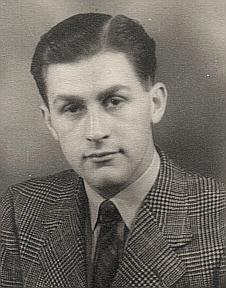
Alan Durband (1927–1993) was an important figure in the education and arts community in Liverpool. He was head of English at the Liverpool Institute High School for Boys and was co-founder of the Liverpool Everyman Theatre.
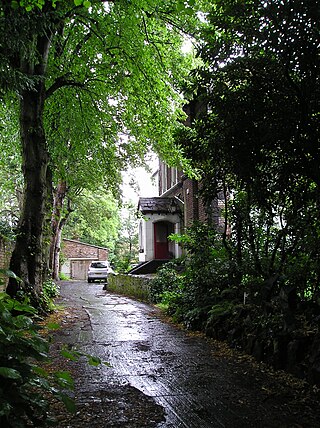
The Casbah Coffee Club, officially Casbah Club, was a rock and roll music venue in the West Derby area of Liverpool, England, that operated from 1959 to 1962. Started by Mona Best, mother of early Beatles drummer Pete Best, in the cellar of the family home, the Casbah was planned as a members-only club for her sons Pete and Rory and their friends, to meet and listen to the popular music of the day. Mona came up with the idea of the club after watching a TV report about The 2i's Coffee Bar in London's Soho where several singers had been discovered.
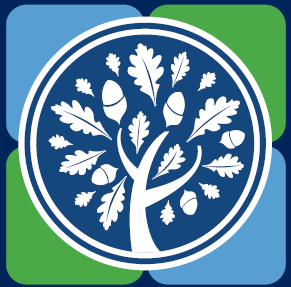
Richmond Park Academy is a secondary school with an academy status in the London Borough of Richmond upon Thames. The school is part of the Academies Enterprise Trust academy chain.
Matthew Humberstone Church of England School, also known as the Matthew Humberstone School, Matthew Humberstone C of E School, Matthew Humberstone Comprehensive School, MHS and Matty, was a secondary school in Cleethorpes, North East Lincolnshire, England, with a Church of England tradition. It existed between 1973 until it was closed due to amalgamation in 2010.
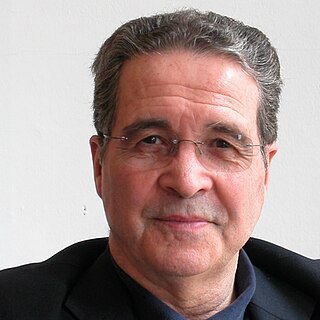
Mark Featherstone-Witty OBE is an educator and entrepreneur. He is the Founding Principal and Chief Executive of the Liverpool Institute for Performing Arts (LIPA) which he founded, with Paul McCartney, in the mid-1990s, after establishing the British Record Industry Trust BRIT School in Croydon with Richard Branson.

The "Knowledge Quarter" in Liverpool, England is a modern term in business given to the vicinity of Liverpool city centre that focuses heavily on the education, knowledge and research sectors.

Lincoln Grammar School or Lincoln Free School was formed as the result of the amalgamation of the Lincoln City Free School and the Lincoln Chapter Grammar School. The amalgamation occurred in January 1584, but the two schools may have been effectively working as single school from 1560. In 1574 Lincoln City Corporation had reached an agreement with Robert Monson who was donating the Greyfriars for use as a Grammar School. This was to replace an older City Free school, which had been in scholegate. The exact location of this Free school is uncertain, but scholegate probably refers to Danesgate, but other evidence suggests that the earlier school was close to St Rumbold's church.

